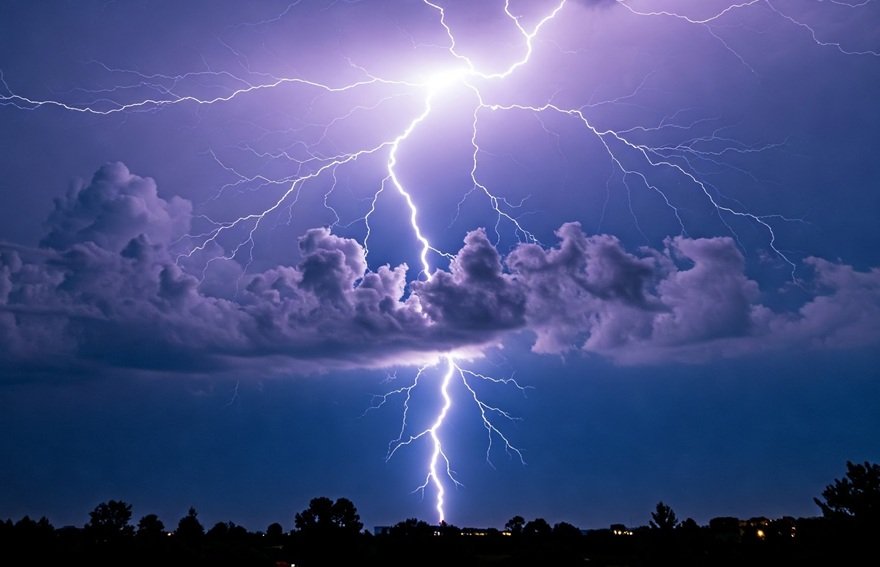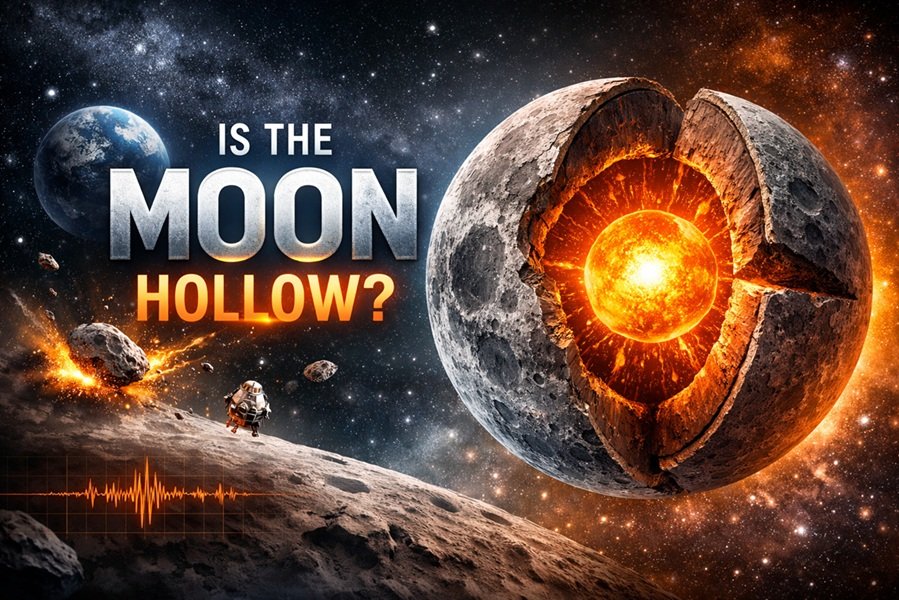
Introduction
When we think of extreme heat, the Sun — our life-giving star — usually tops the list. Its surface temperature, about 5,500°C (9,932°F), seems unimaginably hot. Yet, astonishingly, scientists here on Earth have created temperatures five times hotter than the surface of the Sun — briefly replicating conditions found in the heart of stars and the early universe.
This isn’t science fiction. It’s the incredible result of cutting-edge research in nuclear physics and particle physics. In this article, we’ll explore what can get five times hotter than the Sun on Earth, how it happens, why scientists create such extreme heat, and what it means for our future.
Setting the Benchmark: How Hot Is the Sun?
Before we dive in, let’s clarify the temperatures involved:
| Layer of the Sun | Approximate Temperature |
|---|---|
| Surface (Photosphere) | ~5,500°C (~9,932°F) |
| Core (Center) | ~15 million°C (~27 million°F) |
When we say “five times hotter than the Sun”, we typically mean five times the surface temperature, not the core (which is much, much hotter).
Thus, 5 × 5,500°C = 27,500°C (~49,600°F) — the magic number we are investigating.
What on Earth Is Hotter Than the Sun?
The answer lies in scientific experiments — specifically, in the fields of nuclear fusion and particle physics. Two major instances stand out:
1. Nuclear Fusion Experiments (Tokamaks and Stellarators)
In the quest to replicate the Sun’s energy production on Earth — nuclear fusion — scientists have created plasma hotter than the Sun’s surface.
- Fusion reactors like the Joint European Torus (JET) in the UK, the Tokamak in China, and experiments in South Korea have achieved plasma temperatures exceeding 100 million°C (180 million°F) — about 20 times hotter than the Sun’s surface!
- In 2018, China’s “artificial sun” (EAST — Experimental Advanced Superconducting Tokamak) achieved temperatures of 100 million°C.
- In 2022, it broke its own record by sustaining 70 million°C plasma for over 17 minutes.
How?
- Powerful magnetic fields trap a plasma of hydrogen isotopes (deuterium and tritium) and heat it using microwaves, particle beams, and electrical currents.
- The aim: make atomic nuclei fuse, releasing immense amounts of energy — the same reaction that powers stars.
2. Particle Collisions at the Large Hadron Collider (LHC)
Another way Earth has created temperatures vastly hotter than the Sun involves smashing particles together at near light speed.
- At CERN’s Large Hadron Collider (LHC), scientists recreate tiny fireballs that mimic the conditions right after the Big Bang.
- In 2012, the ALICE experiment observed a quark-gluon plasma reaching temperatures of around 5.5 trillion°C (9.9 trillion°F)!
- That’s hundreds of thousands of times hotter than the core of the Sun.
How?
- Heavy ions (like lead nuclei) are accelerated close to light speed and collided.
- The resulting energy creates exotic states of matter like the quark-gluon plasma, a form of matter thought to have existed microseconds after the Big Bang.
Why Create Such Extreme Heat?
You might wonder — why on Earth would we want to produce such mind-bending temperatures?
Understanding the Universe
- These experiments help physicists study the fundamental forces of nature, the origin of matter, and the early moments of the universe.
- The quark-gluon plasma gives clues about how protons, neutrons, and atoms formed after the Big Bang.
Solving the Energy Crisis
- Fusion power promises virtually limitless clean energy without the radioactive waste of nuclear fission or the carbon emissions of fossil fuels.
- If we master fusion energy, it could revolutionize human civilization.
Advancing Technology
- The tools and techniques developed (like superconducting magnets, cryogenics, and advanced computing) have spin-off applications in medicine, industry, and space exploration.
How Scientists Handle Such Heat
Creating temperatures hotter than the Sun poses extreme challenges:
- Containment: You can’t store a 100-million-degree plasma in a normal container — it would vaporize instantly!
→ Solution: Magnetic confinement (as in Tokamaks) suspends the plasma away from physical walls. - Energy Costs: Achieving and sustaining these temperatures requires enormous amounts of energy. Making fusion “net positive” (more energy out than in) remains a major challenge.
- Material Science: Reactor walls and equipment must withstand intense radiation and particle bombardment, leading to innovations in high-temperature materials and advanced ceramics.
Fun Facts
- Lightning can be hotter than the surface of the Sun too, reaching up to 30,000°C (54,000°F) in a lightning bolt.
- Fusion devices like EAST and ITER aim to mimic the core of the Sun (not just the surface) — a much bigger challenge.
- The name Tokamak comes from a Russian acronym meaning “toroidal chamber with magnetic coils.”
- The Sun’s surface might seem hot, but its outer atmosphere (corona) mysteriously reaches over 1 million°C — a major astrophysical mystery.
Conclusion
Incredibly, Earth-based laboratories and experimental reactors have managed to create conditions five times hotter than the Sun’s surface — and even beyond. From controlled nuclear fusion experiments to high-energy particle collisions, humanity continues to push the boundaries of temperature, unlocking secrets of the universe and inching closer to revolutionary new technologies.
These fiery achievements remind us of the remarkable capabilities of human curiosity, innovation, and perseverance — taking us closer to understanding our universe and perhaps, one day, creating clean, endless energy from the same forces that light up the stars.
Explore Quizzes:
- Are Mushrooms Plants or Animals?
- What is the Original Purpose of Bubble Wrap?
- How Much Horsepower Does a Horse Have?
- Does It Snow in South India? A Look at Lambasingi
- Who was the first player to take a wicket on 0th ball in men’s international cricket
- Why Was Air Conditioning Invented?
- What is the southernmost point of India?
- Why Was Rumali Roti Created? History, Origin & Culinary Significance
- Which Indian Actor Has Played the Most Number of Roles in the Same Film?







